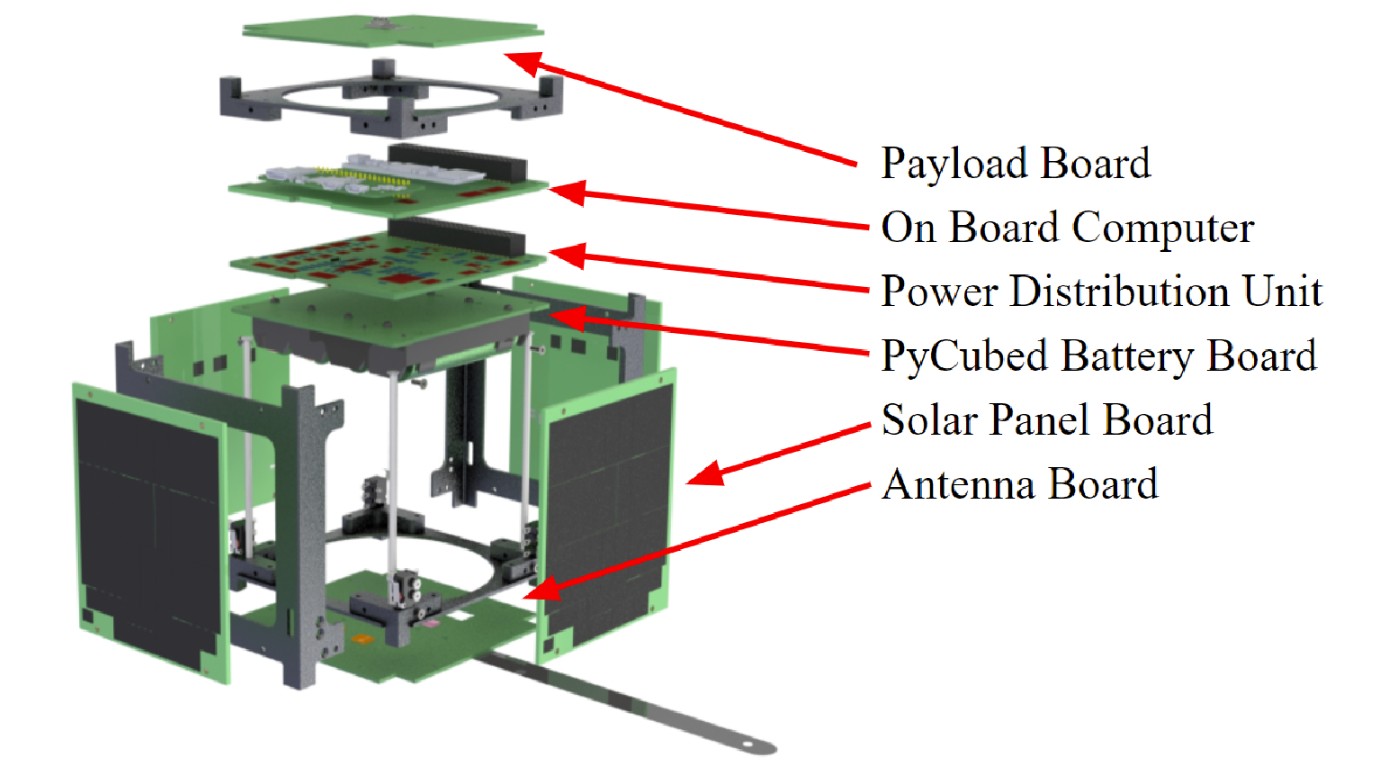2. Systems Engineering
2.4 Products of Design Reference Missions

A design reference mission (DRM) “establishes an operational context, descriptions of the environment and situations in which solution concepts are expected to operate, an operational narrative of expected behavior including a sequence of operational activities and interactions between systems in an environment, and sample measures for establishing goals for mission success” [Giammarco and Shebalin].
DRMs are “critical tools at the mission level for evaluating potential architectural concepts. Without a well-thought-out DRM, a conceptual mission design is at risk for not optimizing system trades, identifying necessary technology development, managing resources, and achieving a balanced design. The DRM provides traceability from science objectives to engineering requirements and can be used to examine options and implications for observations; find “tall poles” and drivers and identify the ultimate limits of performance. In this manner, it is a crucial tool for recognizing and nourishing the major strengths of the observatory and ranking design drivers. The DRM is used as a guide and referee for major “big picture” trades such as orbit selection, schedule availability and scheduling approaches for operations, and time-to-complete the DRM as a metric for observational efficiency” [Lightsey and Wilkinson].
The DRM could take the form of a narrative, storyboard, pictogram, timeline, or combination thereof and is created by eventual users of the system (“stakeholders”) very early in the development cycle [Akin]. An immense DRM for reference is the Human Exploration of Mars Design Reference Architecture 5.0 and addendum.

Concept of Operations
A concept of operations is a “description of how the proposed system will accomplish the design reference mission(s) and will appear to be similar to DRM but is a product of the design, rather than a driving requirement” [Akin]. A concept of operations is commonly shortened to ConOps, derived from DoD origins. ConOps samples include a Lunar Reconnaissance Orbiter, Geostationary Operational Environmental Satellites (GOES-R), Ice Home Mars Habitat, and Sentinel-1 Satellite. There exist plenty of infographics of current and proposed ConOps by sifting through a Google Image search. A concept of operations that is feasible with the Artemis CubeSat Kit is a proposed Ke Ao mission.

Ke Ao CubeSat ConOps
- Ke Ao is a 1U CubeSat with a similar purpose as the Artemis CubeSat Kit, designed by undergraduate students from the University of Hawaiʻi at Mānoa. Its mission is to take a picture of Hawaiʻi from space and be the first iteration of the HiCubeSat Kit – an educational and research kit with the goal of creating and promoting aerospace workforce training and education in Hawaii.

Exploded view of Ke Ao. Image courtesy of Hawaii Space Flight Laboratory. - Ke Ao’s Concept of Operations can be broken up into four phases:
- Phase 1 (Launch Phase): Ke Ao will be launched to the ISS, then get deployed into orbit and powered on.
- Phase 2 (Charge Phase): Once Ke Ao is in orbit, the batteries to power the Ke Ao system will be charged via solar panels.
- Phase 3 (Alignment Phase): Ke Ao’s Attitude Determination and Control System will orient the satellite such that it is pointing at Earth so that the Payload camera can take a picture of Hawaii.
- Phase 4 (Viewing Phase): Ke Ao will take a picture, and then transfer data to its Ground Station at Kauai Community College.
- Phase 5 (Transmit/Communication Phase) The picture will be taken and stored, but may not be sent until a later time. This is where the radio sends the picture and other data to the ground station.
- During Ke Ao’s lifetime, it will repeat Phases 2, 3, and 4 in space.
Space Systems Architecture
A space systems architecture is a “description of physical hardware, processes, and operations to perform DRM” [Akin]. The space systems architecture “can be broken down into main three physical parts: the space segment, the launch segment, and the ground segment. The space segment can be either a single satellite or a constellation of satellites in the same or multiple orbits. The launch segment can be relatively simple for a single satellite architecture, or very intricate for a many-satellite architecture (like Iridium, or GPS). The ground segment often includes a choice of whether to use data downlink gateway systems in space (i.e. TDRSS) or on the earth (i.e. the Deep Space Network, or AFSCN) ” [Weigel].


